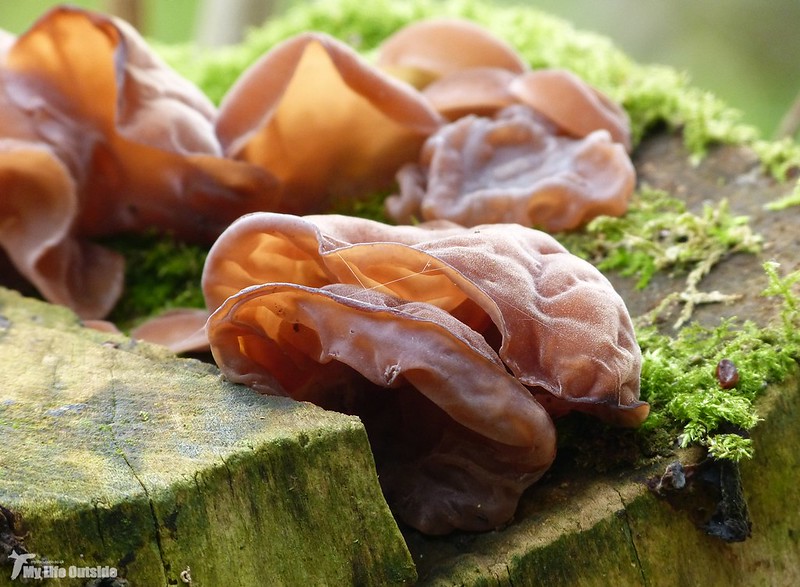Last Sunday we headed back to WWT Llanelli for the second time in as many weeks. Our main aim had been to take another look at the recently arrived Wigeon so I was slightly disappointed to find them present in much lower numbers than expected. Only fourteen individuals were visible from the British Steel Hide which I think owes more to a very low tide than any significant changes in their general population. Not to worry as 32 Lapwing and 34 Redshank made up the shortfall, not forgetting of course a stunning Curlew Sandpiper! I first spotted the latter from over at the Michael Powell hide where its smaller size and long bill immediately signalled the presence of something unusual. Being somewhat distant however we had to make a mad dash around to the BSH in order to gain a better vantage point, only to see a large flock of waders take flight as we were literally meters from the door. Even before scanning the group you could sense the inevitability of our situation as, moments later, we confirmed that our target bird was indeed amongst them and by now rapidly heading out of sight. Fortunately after a wide looping circuit of the reserve they returned and from then on gave superb views directly opposite where we were sat. It only took a few moments to nail the key features for Curlew Sandpiper (aided no end by my having swatted up on the species just a couple of days earlier) after which we could settle down and watch it feed. A cracking bird and easily my best views of the species to date.
Elsewhere everything else was pretty much as it had been though both Greenshank and Shoveller numbers had increased to 13 and 33 respectively, whilst over on the Millennium Wetlands a very active Kingfisher was doing the rounds. What really grabbed the attention though were the sheer quantity and variety of fungi species on offer, starting with this impressive Macro Mushroom (Agaricus urinascens) on a bank amongst the ornamental bird collection.
It wasn’t long before we were finding new species everywhere we looked with some of the best examples included below. As always we are both complete novices in this complex field so feel free to correct any of our identifications if we’ve gone awry.
Keeping our eyes to the ground didn’t mean that we missed out on any action above however with a late Swallow providing a last reminder of summer. Never say never but given that county sightings tend to peter out by the end of October it’s highly likely that we wont see another until next spring. Saying that temperatures still remain pleasantly warm however so who knows what curve balls mother nature may still have up her sleeve.












2 Comments
ADRIAN · October 27, 2014 at 6:13 am
You had an excellent outing. Grand shots.
Your bracket fungus is possibly Beech Bracket. I'll investigate further when I've woken up properly.
Adam Tilt · November 4, 2014 at 8:14 pm
You might be right there. Part of the problem with identifying fungi is the sheer variety between specimens of the same species.